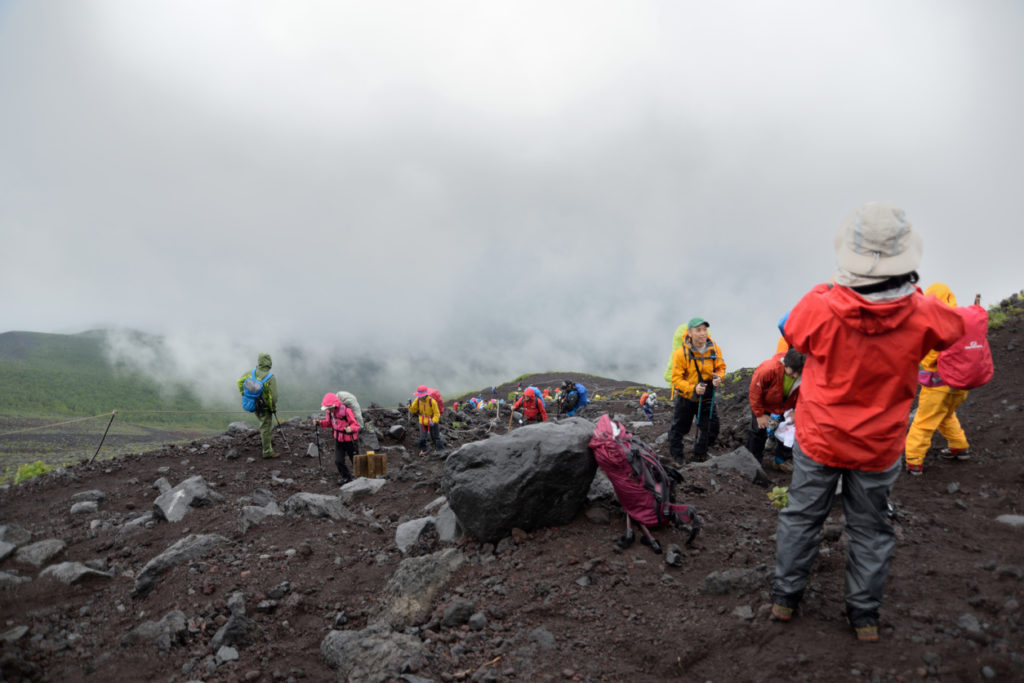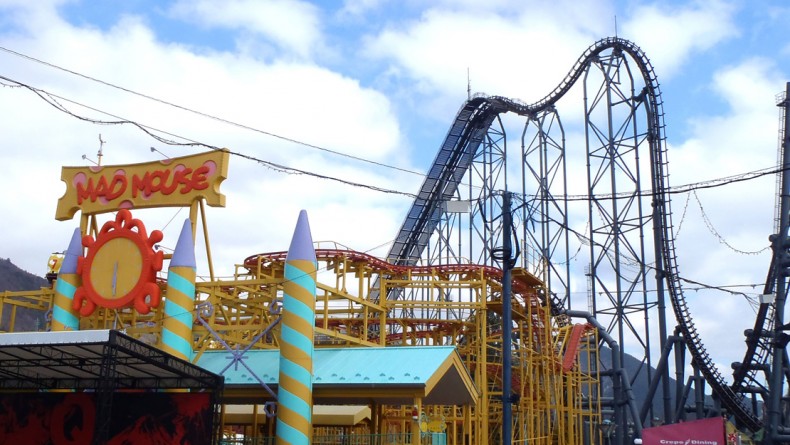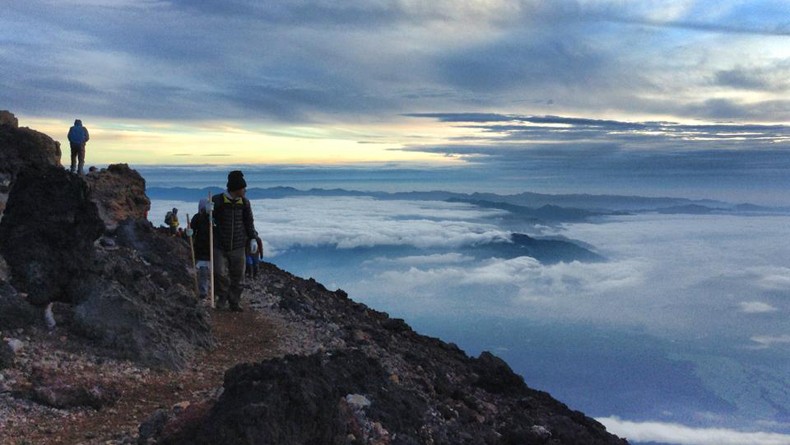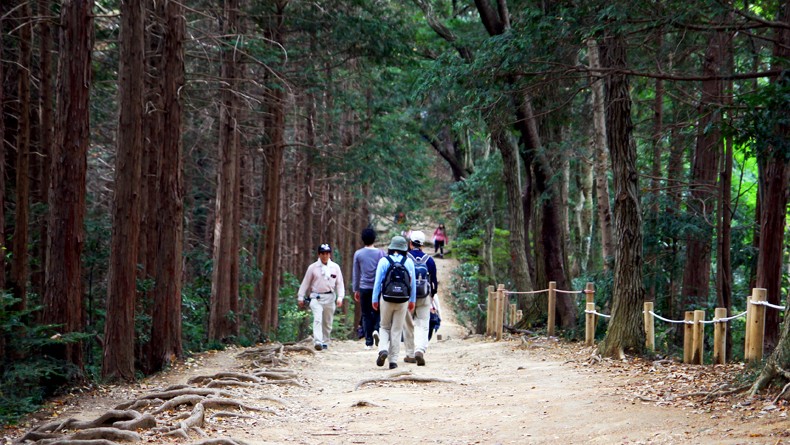10 Things I Learned From Climbing Mt. Fuji
From weather issues to unnecessary costs and everything in-between
Most expats have a list of things to do before they leave a country. When it comes to Japan, one can't-miss experience is conquering Mt. Fuji. Here are 10 things I learned after climbing the mountain known around the world.
On the search for information on climbing Japan’s highest mountain, you will come across one of two reactions: it’s either the “Ah, it’s not that bad, just buy some hiking boots, it’s more like a long walk” or the “No! Why? It was so hard, I couldn’t walk for three days!”
When scouring the internet and weighing up the necessity of accommodation on the mountain, my uncertainty mounted. What route should we take? Could I make it up in my old Nikes? Did I really need oxygen?
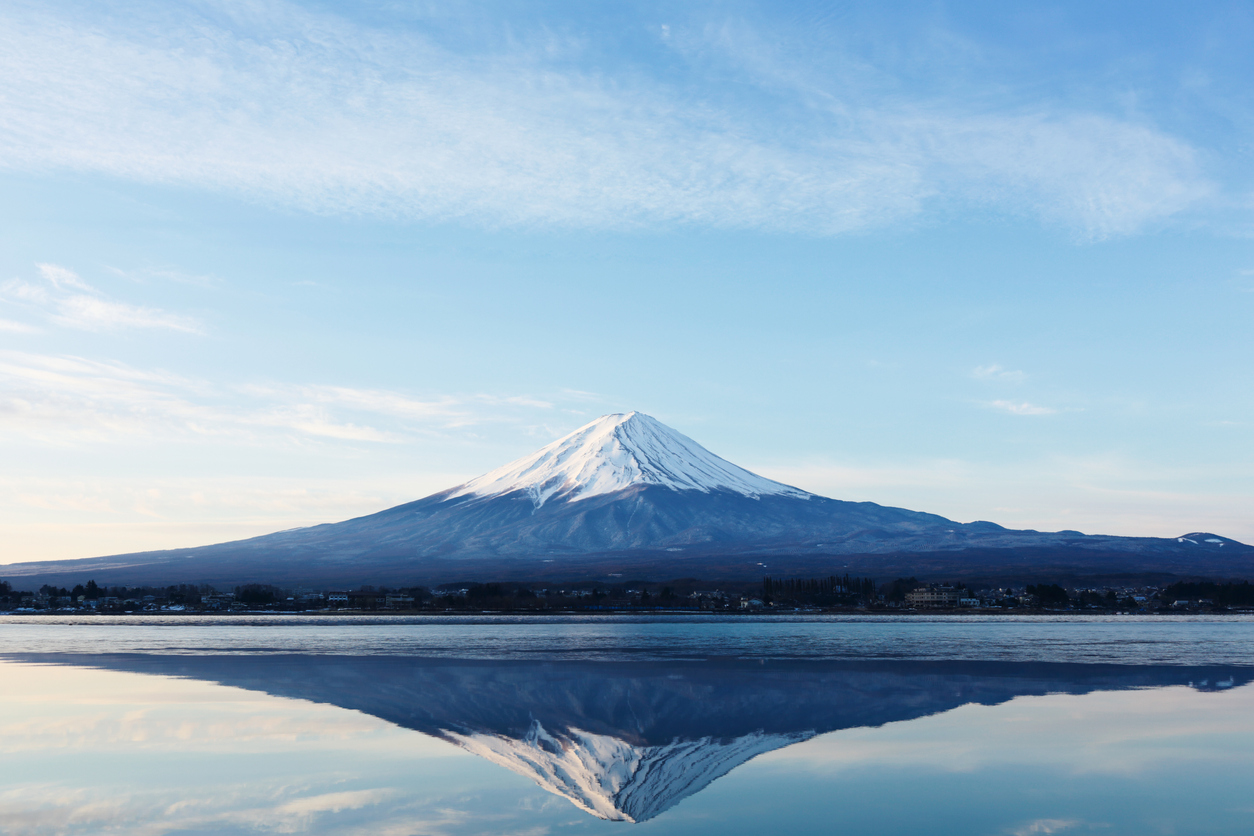
First things first, ignore everyone. I soon discovered that every single person has a very different experience going up this mountain. That was certainly evident in the group I climbed with.
A couple of us whined about how it looked like a hill from the bottom, got a little delirious near the top, and gleefully skidded our way back down. Some of us felt the overwhelming burn in our glutes, and the breathlessness in our lungs, and nausea in our stomachs.
My climb was on the final day of the season. Here are ten things to keep in mind if you choose to climb.
1. Make the most of your local area’s seasonal sales before you go
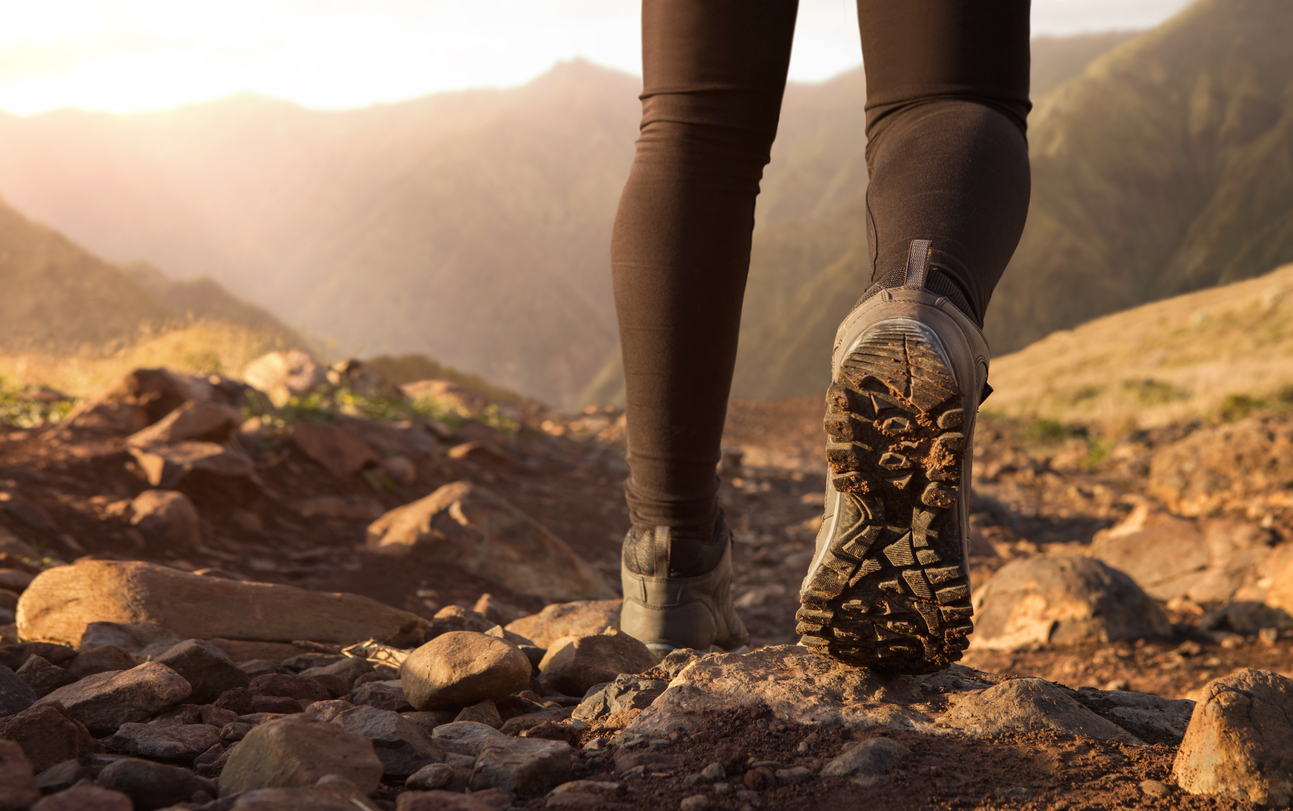
This is a must. If you think that your gym gear is enough, you’re only fooling yourself. Get some good hiking or trail shoes at the very least. The hike has a high impact on your ankles and knees, so stability and grip is essential. Make sure to pair these with some good thick socks, because there’s nothing worse than cold toes.
Get some heat tech layers. This is even more essential when coming out of winter and going into it. During peak summer months, normal clothing will do just fine. These light layers, which you can roll up in your bag, will be very useful. Let’s not forget some gloves and waterproofs too.
Get a good rucksack. You’ll want pockets for water, snacks, your phone, a camera, and all the other paraphernalia that you will no doubt accumulate. If you are climbing at night, a head torch is crucial.
2. Take a bus to station five
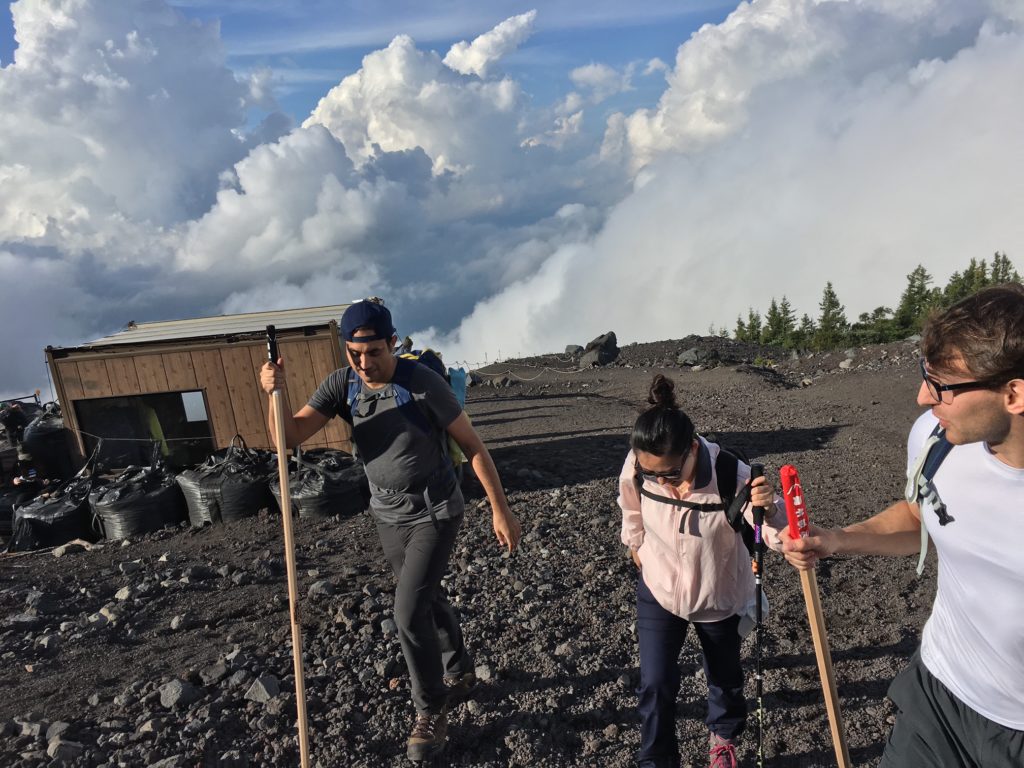
I hear only ill-informed or crazy people climb right from the bottom. Spend a couple of hours at station five, eat some lunch, take some “I’m-so-excited” photos, and buy yourself a walking stick. Do not underestimate the stick. Unless you’re a frequent hiker, that stick becomes an extension of your arms and, really, a bit of a savior when you need that extra push. You can also get this stamped at each station on the way up—proof that you did it!
3. Don’t stay the night on the mountain if you don’t have to
Once you spew your ¥10,000 on your slim-Jim bunks, people snoring left and right, sleeping bags that make more noise than necessary, you realize it was a waste of money. The climb is not long enough to need to stay the night.
However, we stayed (for four hours) just beyond station seven. Complete with a couple of beers, a warm meal, and a pre-packed breakfast, this was perfect for our last minute plans. Sleep, though, was a non-event.
4. You don’t need to book a tour
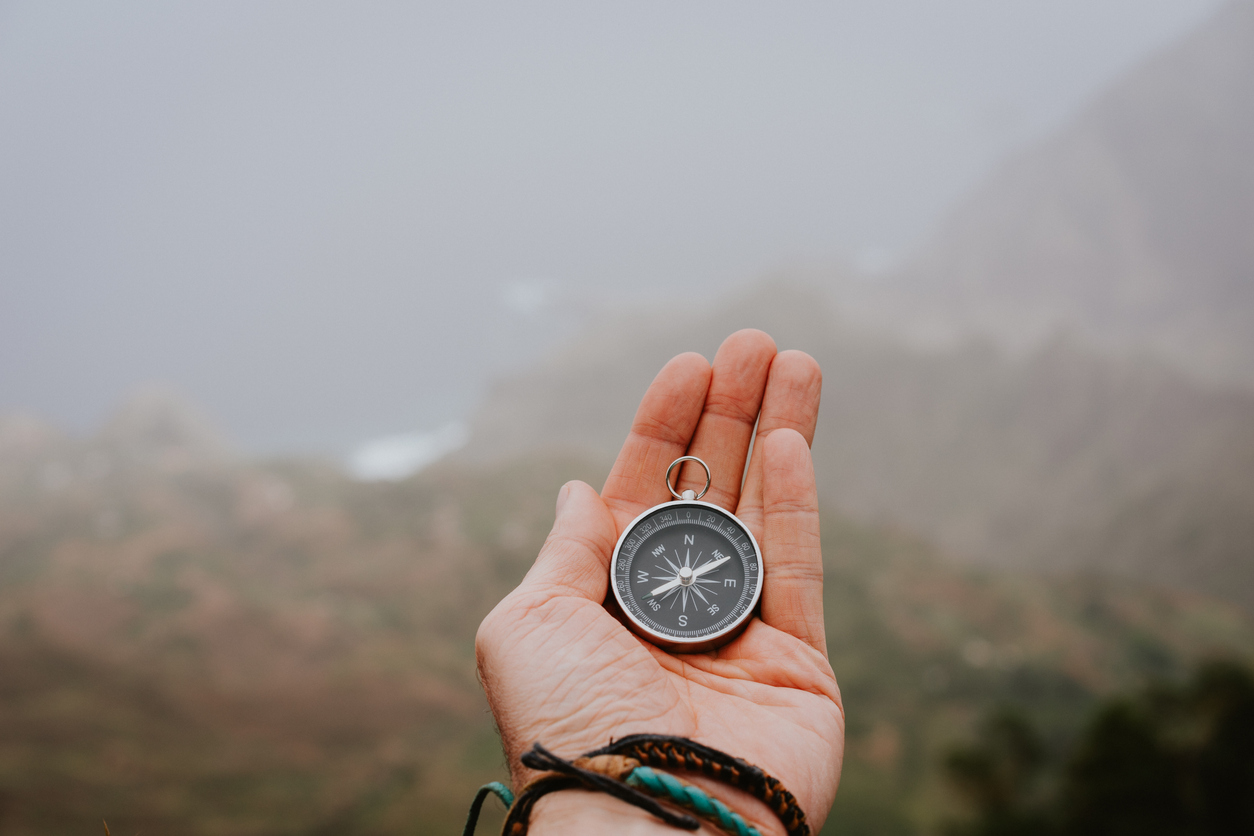
At risk of upsetting some tour guides, I won’t say much more than this: be free, don’t be a sheep. Life is simpler this way. The trail is simple, there are dozens of people around you and you can keep the entire trip cheaper.
5. Take regular breaks
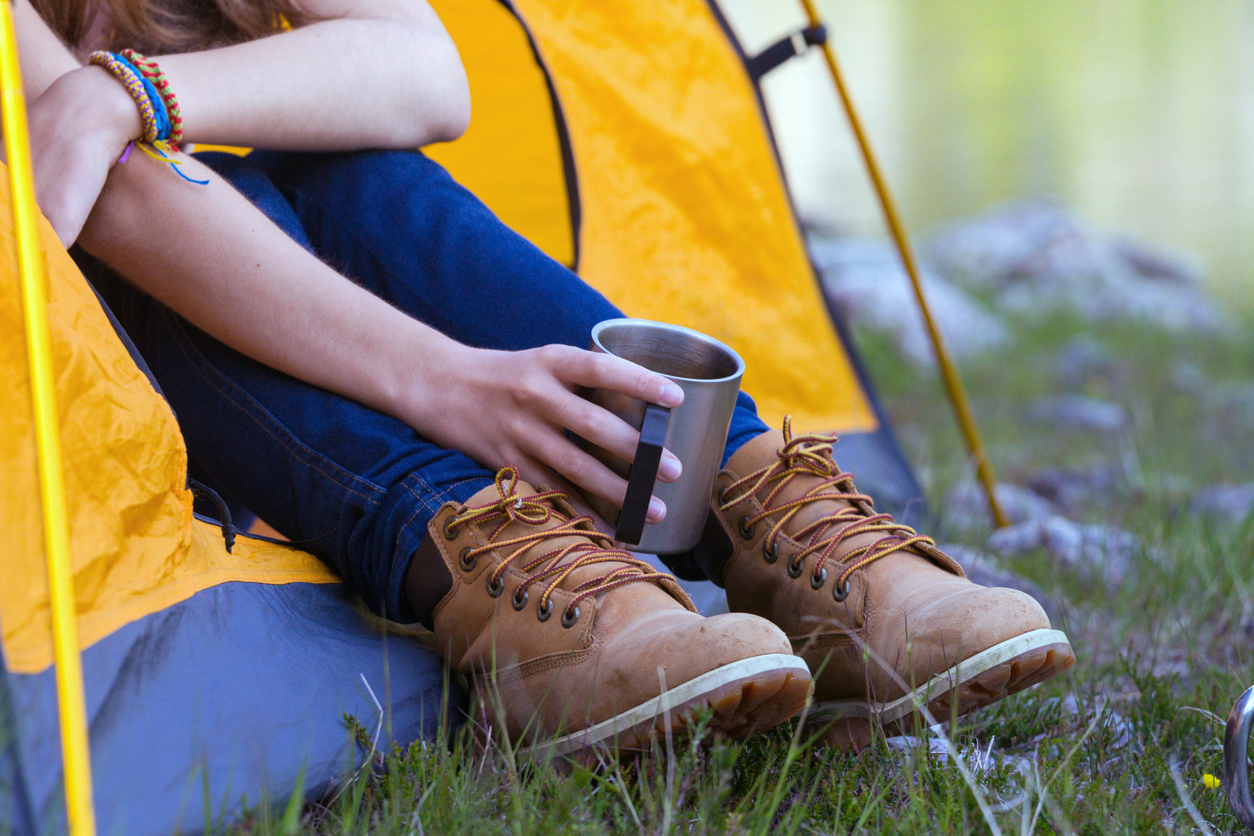
The trail up the mountain handily—sometimes infuriatingly—zigzags all the way up. Every three or so bends, a quick two minute stop for a sip of water and deep breathing can go a long way, no matter who you are.
[O]nly ill-informed or crazy people climb right from the bottom.
If you’re a runner, a fitness junkie or similar, but have never trained at altitude, take someone with you who isn’t any of those things. This person will be your pacesetter. Altitude sickness is no joke: we’re talking vomiting, nausea, and just general lack of body functionality. At that point, you’ll then need to descend as quickly as you can.
For all the mums out there, take lots of energy snacks, water and a couple of little oxygen canisters. As much as your kids are probably fitter and recover more easily than you, altitude can hit them out of the blue as they excitedly run up the mountain, as I saw first-hand.
6. Document it all — even when there’s nothing ahead of you
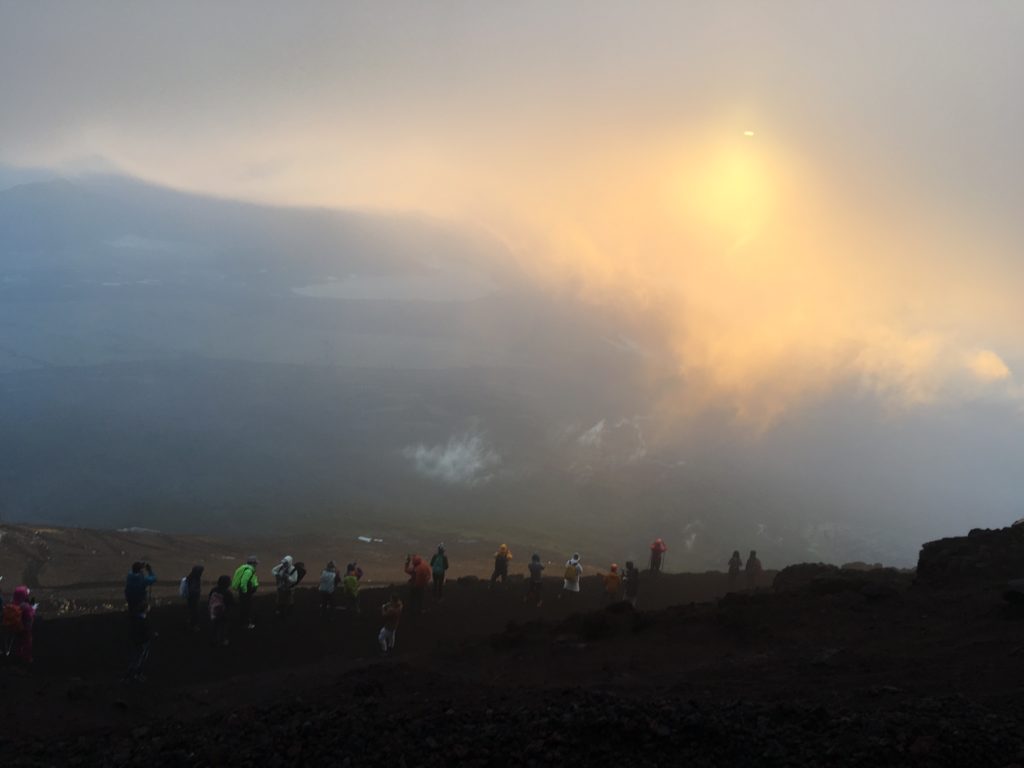
Leaving station five, you’ll soon reach some trees before you emerge into the volcanic black ash and mud where it’s just you between the sun and the ground.
The view as you ascend is spectacular, so take photos before you get to the point where the thought of taking your phone out of your pocket is an unbearable one. There may not be shrubs or trees, but that barren wilderness is what anyone should expect from a dormant volcano.
7. It’s mind over matter
The fatigue hits hard halfway between station six and seven. Six is very close to five so you will be there in no time. Things get a little steeper after this, and that good old walking stick you bought at the bottom will be there, smiling up at you.
There are various little stations to get this stick stamped, and to buy a bottle of water, be warned that everything gets more expensive as you go up the mountain. Bathrooms are all in relatively good condition and they ask for ¥200 to use it.
The fatigue hits hard halfway between station six and seven.
From station seven onwards it gets steeper, slimmer, and quite rocky, with only momentary parts of flatter ground. Don’t be the person who tries to overtake on slim pathways, cutting-up the line and endangering people who are less stable on their feet.
It was around station eight when time seemed to forget what its job was and the slightly delirious feeling of fatigue and altitude hit. Lucky for me, I had some very positive companions climbing with me.
8. The weather is extremely unpredictable
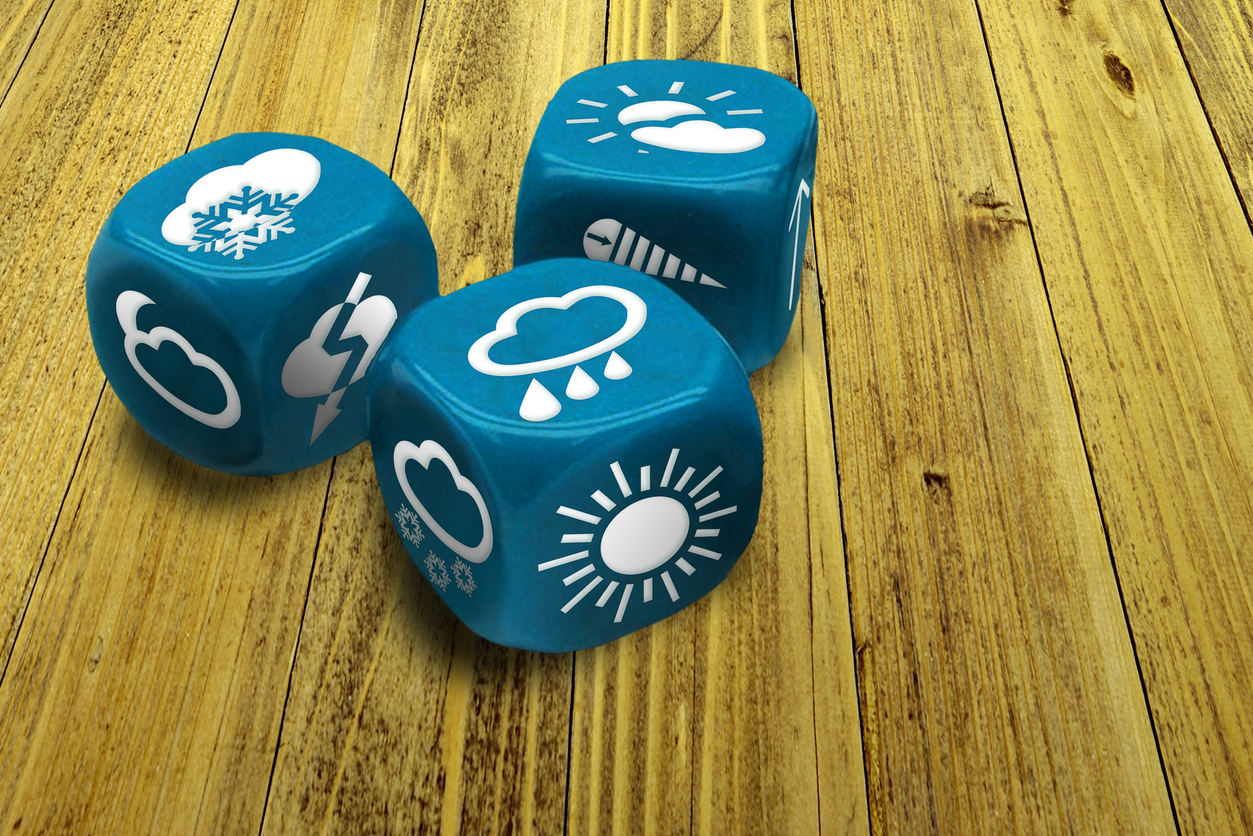
Something worth remembering is that Fuji is a mountain. Like all mountains, it is unpredictable. One minute you’re sweating and then next, your thick snowboarding jacket is on and those gloves you thought were too thick are preventing your hands from going numb.
There was, of course, the occasional crazy person climbing in shorts, but they are not someone to model the average person on.
The summit is considerably colder and the little snow blizzard that greeted us near the top, definitely required hoods and waterproofs. When you’re at the top, get out of the wind, huddle up, or keep moving, but avoiding getting there too early. The wait for sunrise when it’s that cold is not comfortable.
9. There’s nothing like being at the top
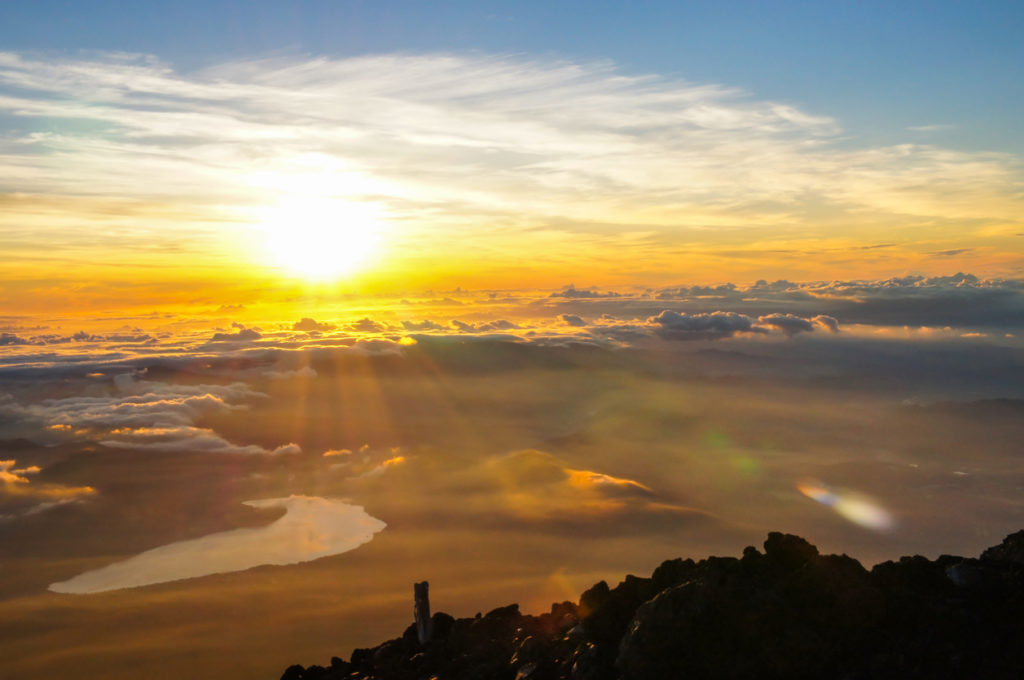
The feeling and shared camaraderie and celebration when you reach the top, your fellow adventurers shouting with delight and doing a good old fit pump—makes it all worth it!
Again, the unpredictable weather can mean cloud settles on the summit. Unfortunately for us, that’s what happened. So, we made a swift descent at 5:30 am to station eight, where we had just as good a view of the sunrise.
10. Be equally prepared for the descent
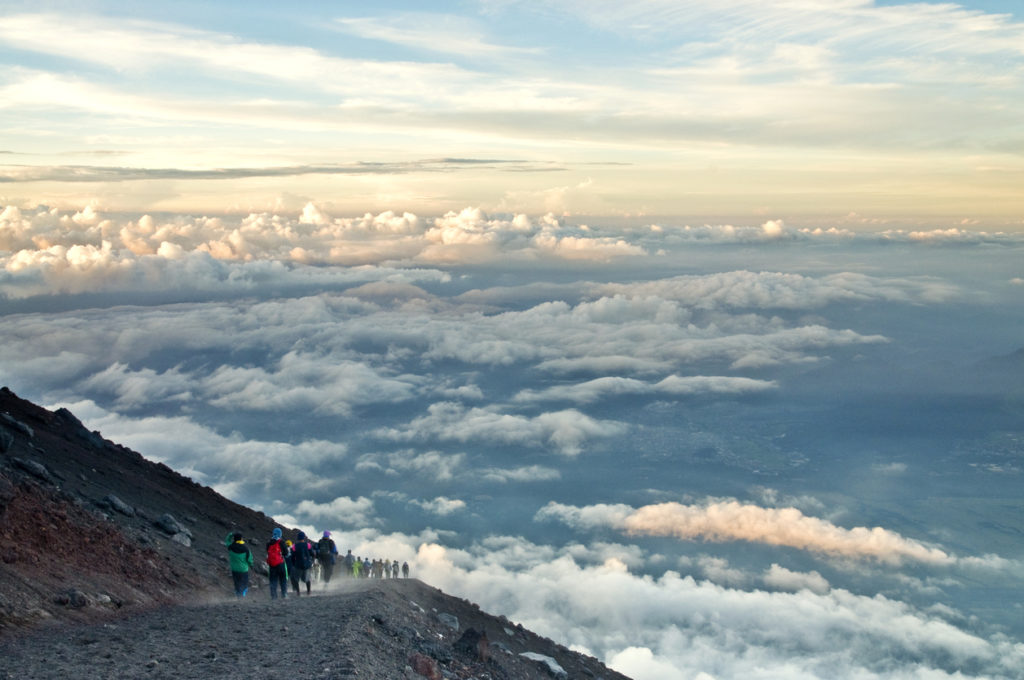
Going down is hard on your knees, so a good few gym or yoga sessions before the climb to activate the glutes, hamstrings, and quads is always a good idea. Instead of walking straight, shimmy to the right and left as you go to take some of the pressure off of the knees.
When you get to the bottom, there is no better way to ease the aches and pains than a steaming onsen, a deep stretch, and a good night’s sleep: you earned it!
For more information on climbing Mt. Fuji, see the official Mt. Fuji climbing website and this article.

